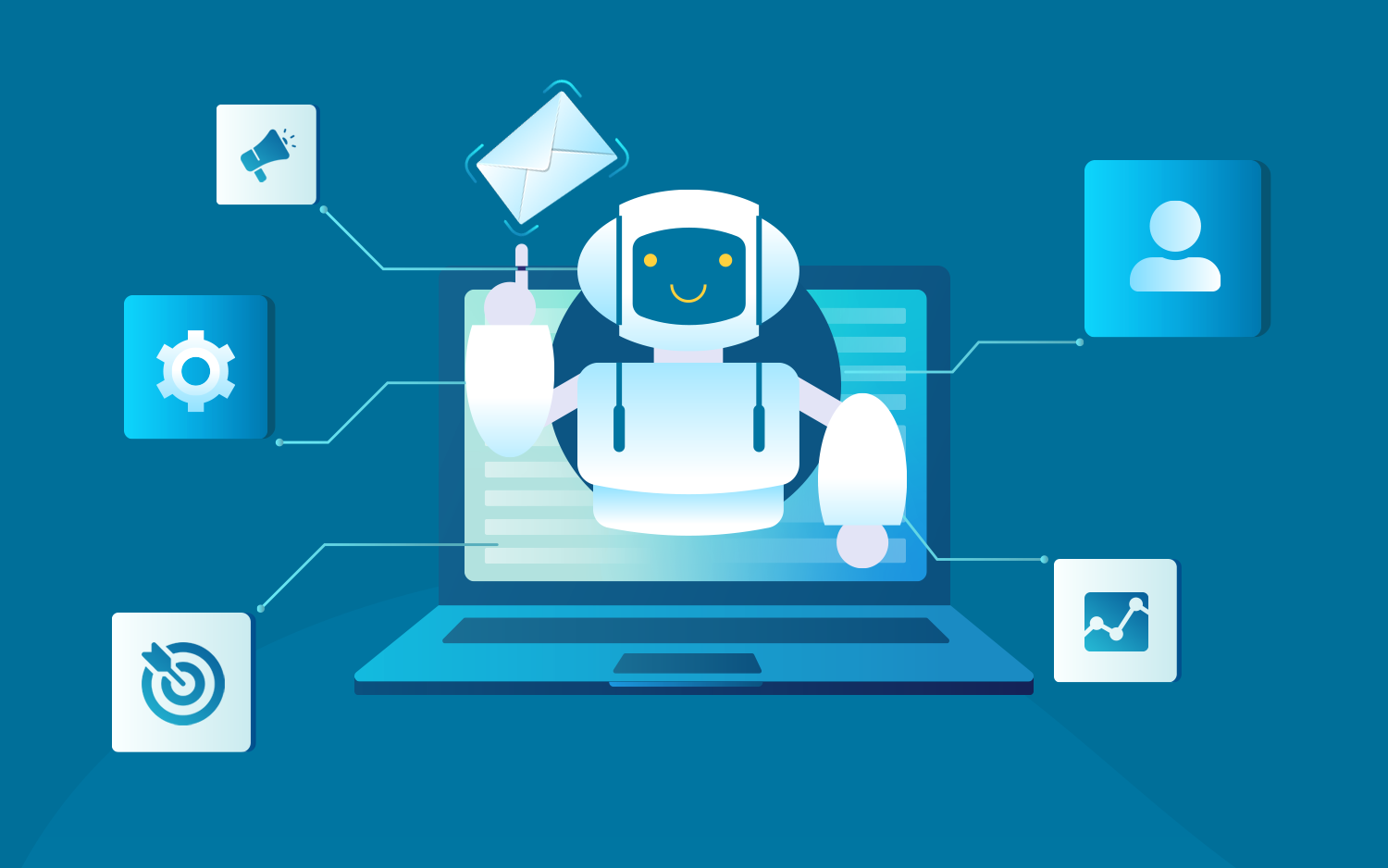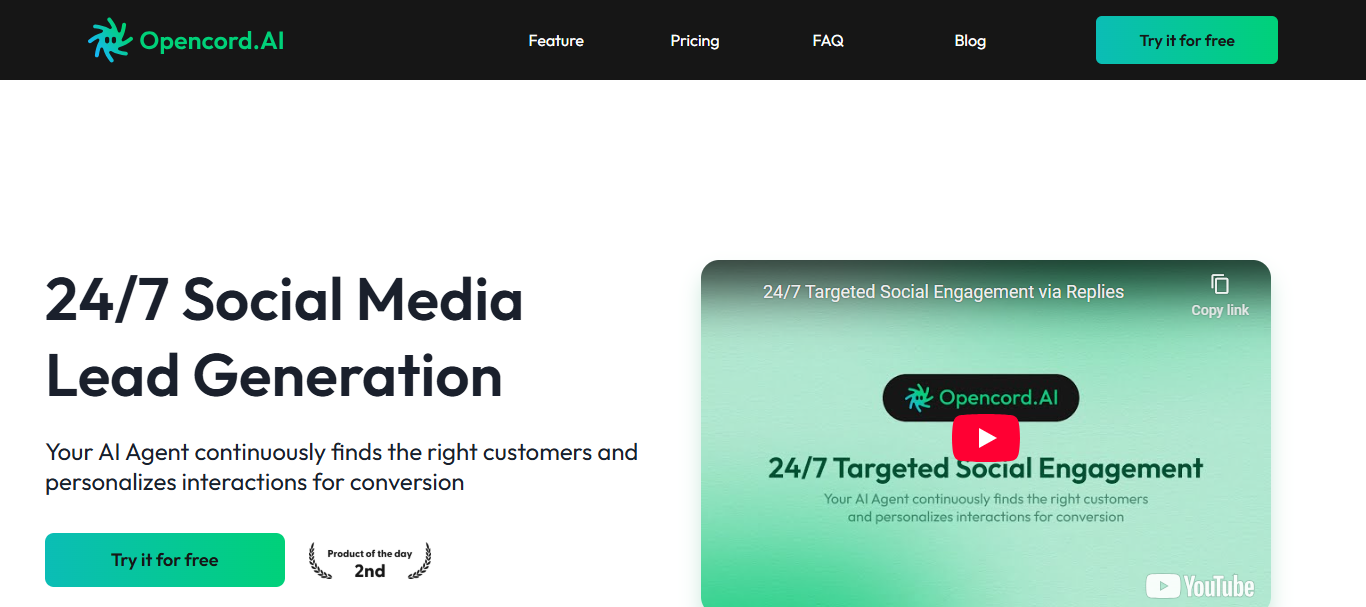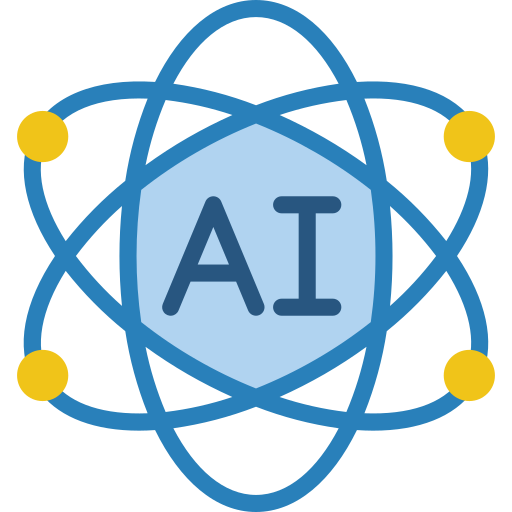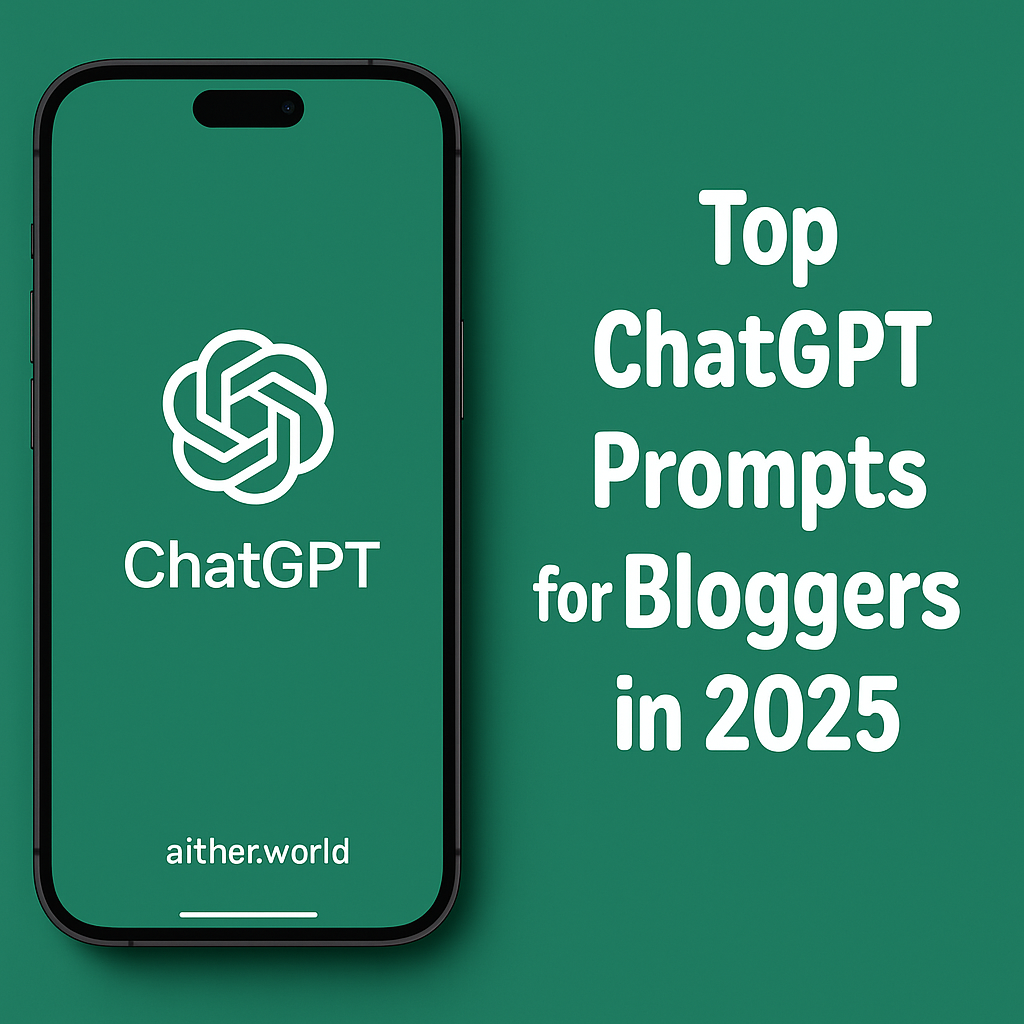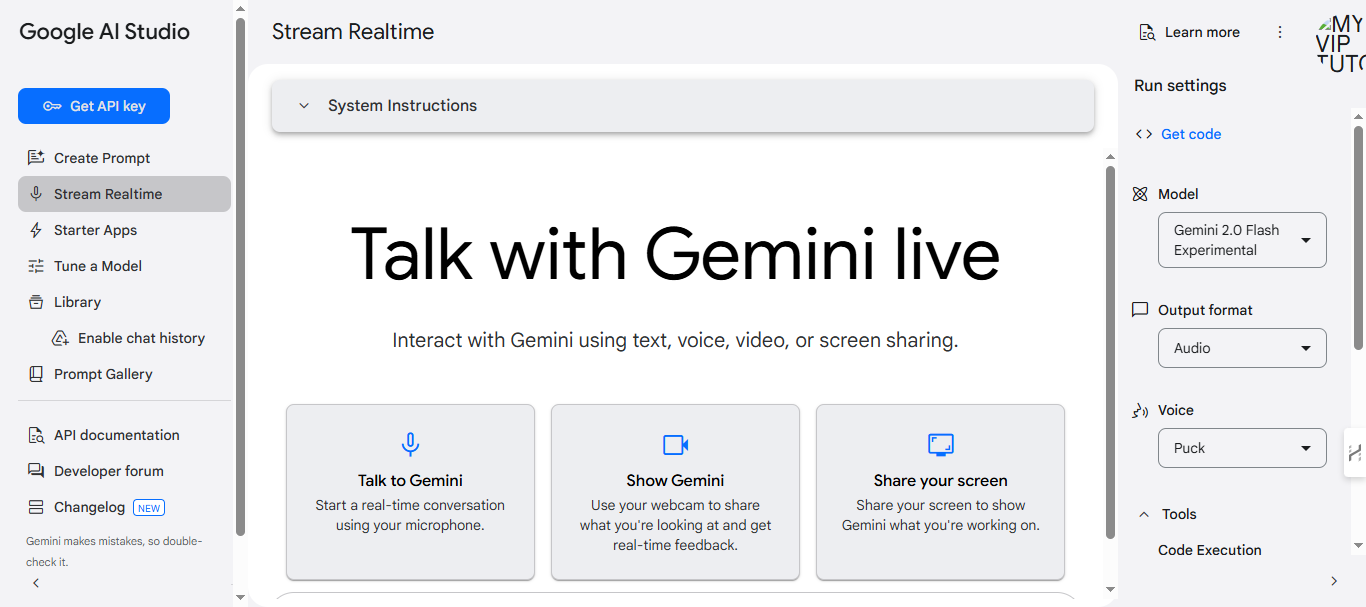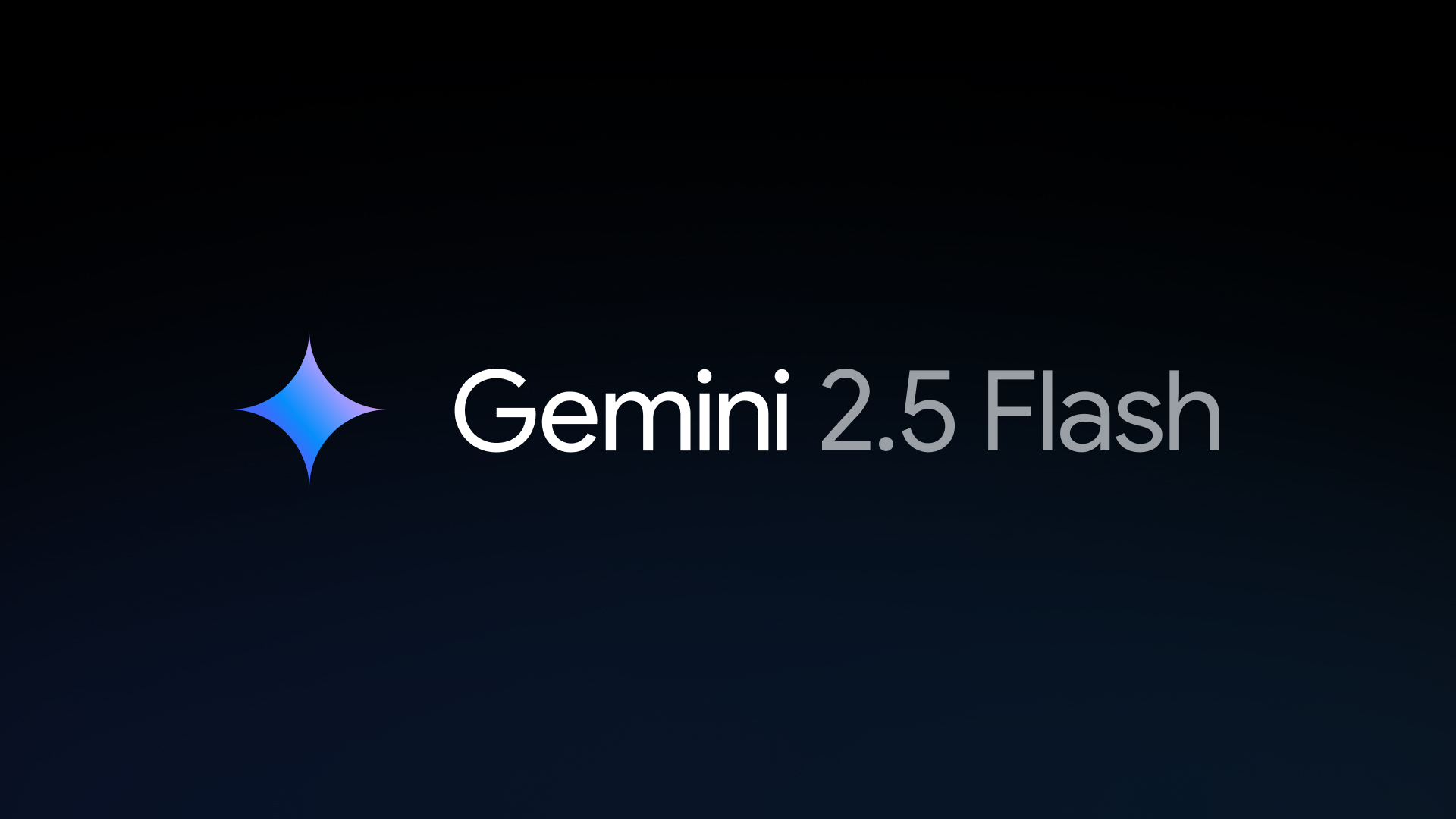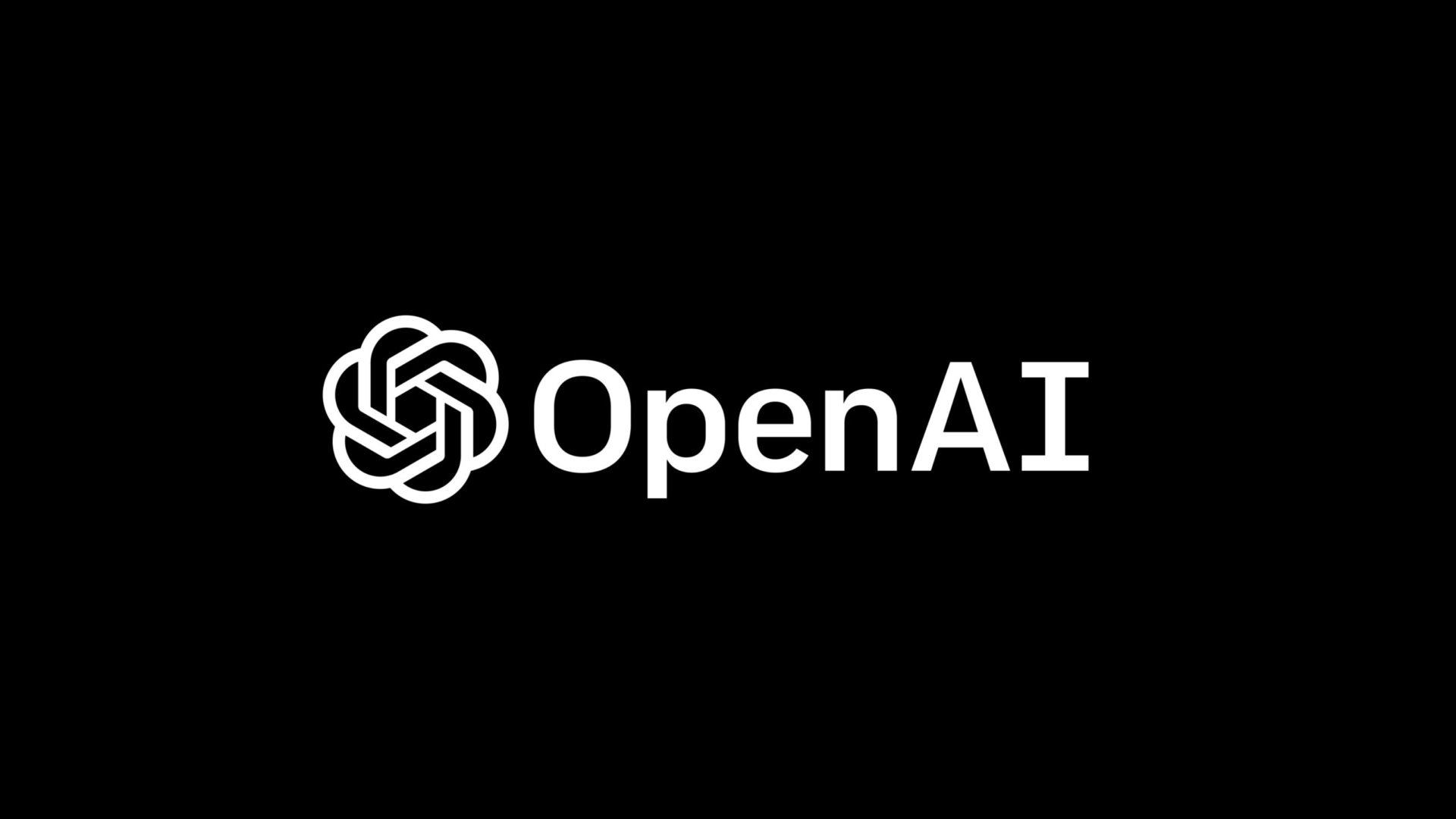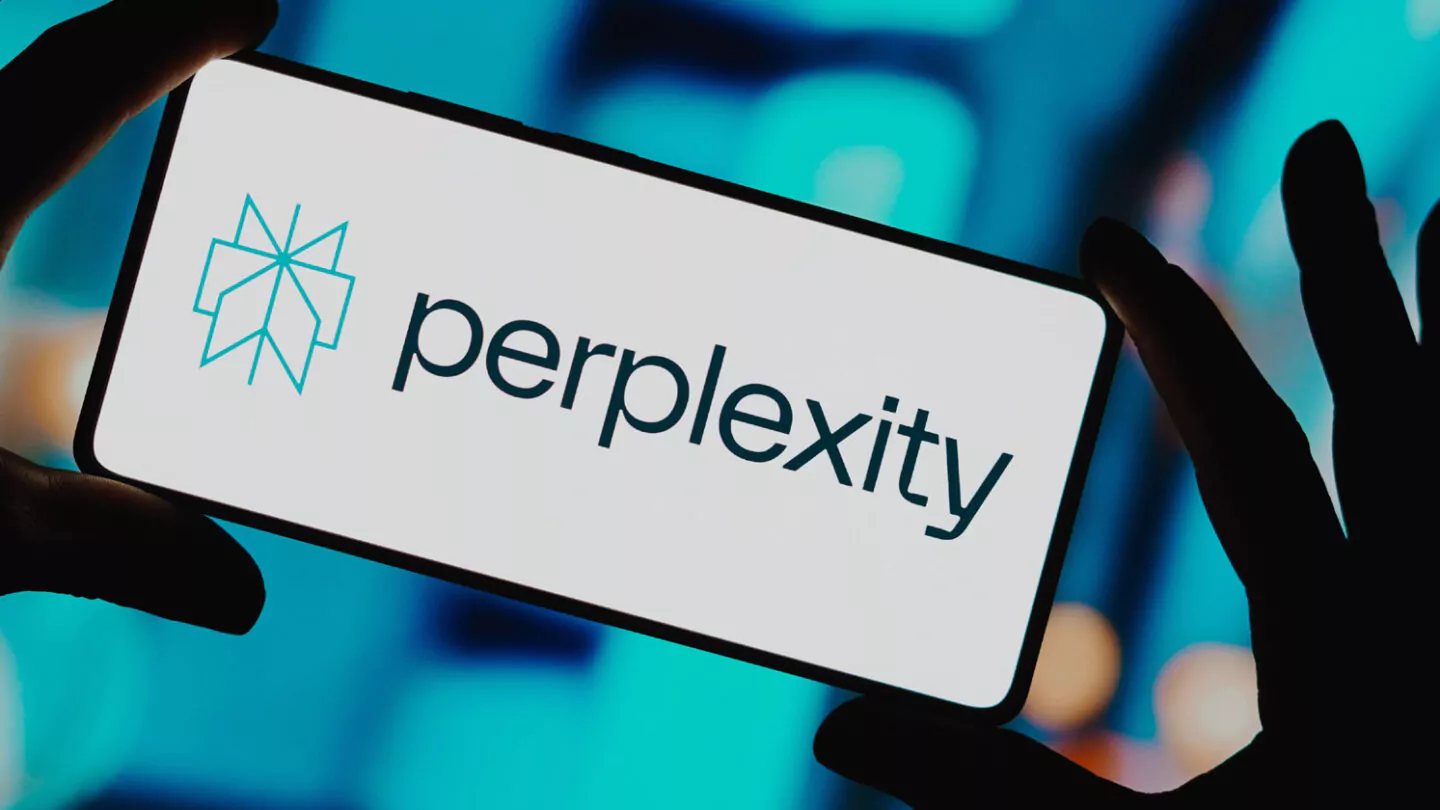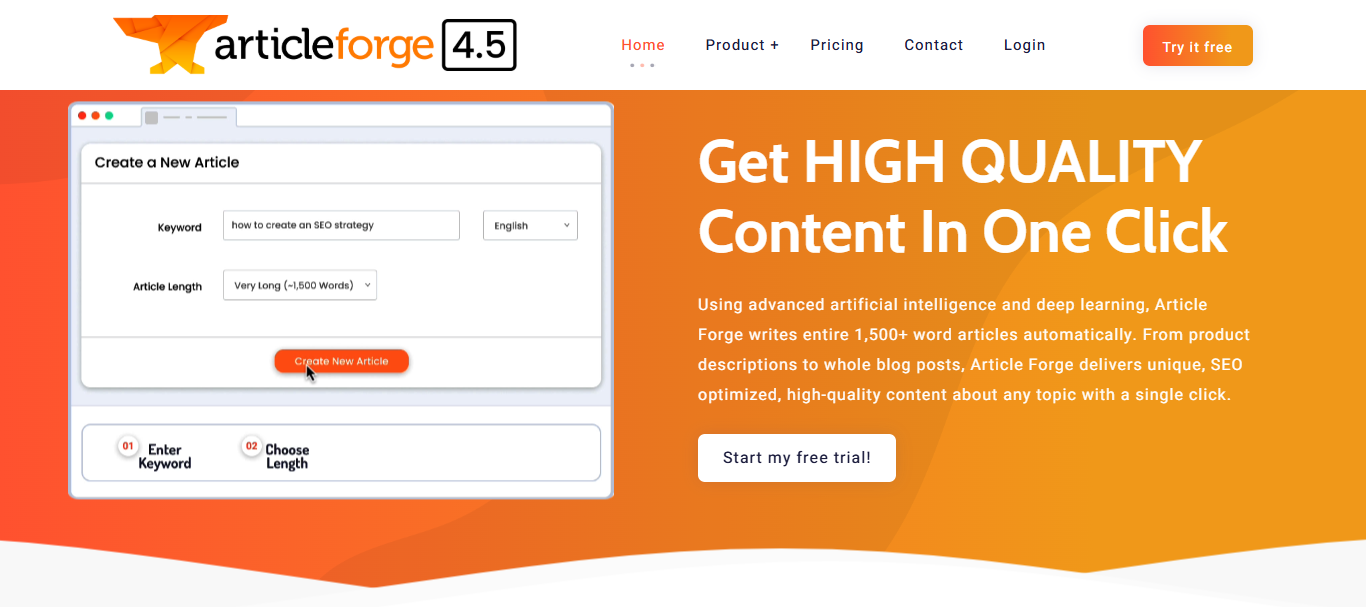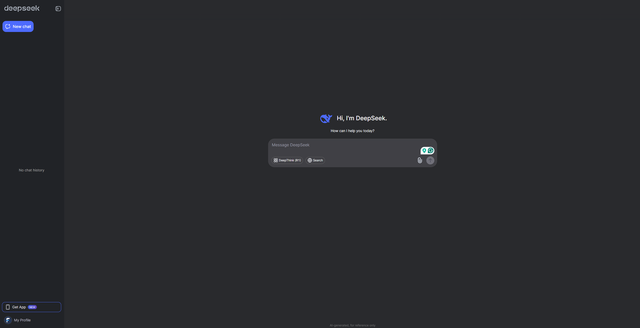Nowadays, email marketing remains one of the most effective ways to reach and engage with customers. However, traditional email marketing strategies are evolving rapidly as Artificial Intelligence (AI) transforms every facet of digital marketing. Here, we will explore the many ways AI can be used to supercharge your email marketing efforts—from personalization and segmentation to automation and predictive analytics. Whether you’re a marketing professional, business owner, or just curious about cutting-edge techniques, this guide will help you understand and implement AI-powered email marketing strategies to maximize your campaign’s effectiveness.
Email marketing has long been a cornerstone of digital marketing. With billions of emails sent daily, businesses of all sizes rely on email campaigns to build relationships, drive conversions, and nurture leads. But as consumer expectations and data volumes grow, marketers face increasing challenges in delivering timely, relevant, and personalized content.
Enter Artificial Intelligence. AI’s ability to process vast amounts of data, learn from customer behavior, and automate routine tasks is transforming the landscape of email marketing. In this tutorial, we will delve into the multifaceted role of AI, how it can drive campaign performance, and practical steps for integrating AI tools into your marketing stack.
This article is structured to provide you with a holistic view of AI-powered email marketing—from historical context and fundamental concepts to actionable insights and real-world examples. Let’s begin by understanding how email marketing has evolved over the years and why AI is the natural next step in its evolution.
The Evolution of Email Marketing
A Brief History
Email marketing started as a simple method of direct communication with consumers. In the early days of the internet, businesses used email to send basic newsletters, promotions, and company updates. However, as internet usage expanded, so did consumer expectations. Marketers began experimenting with various techniques to stand out in crowded inboxes.
Traditional Email Marketing
Traditionally, email marketing involved sending bulk emails to a subscriber list with little segmentation or personalization. Marketers relied on manual segmentation, A/B testing, and scheduled email blasts to try to capture customer interest. Although these methods were groundbreaking at the time, they often resulted in generic messages that failed to resonate with diverse audiences.
The Shift Towards Personalization
As data collection and analytics improved, marketers recognized the importance of delivering personalized experiences. Segmentation based on demographics, purchase history, and browsing behavior became standard practice. Despite these advancements, the manual nature of segmentation meant that many campaigns still lacked true personalization at scale.
Enter AI: The Game Changer
AI’s emergence in digital marketing has disrupted conventional approaches. Unlike manual segmentation, AI algorithms can analyze complex datasets in real time to deliver hyper-personalized content tailored to individual preferences. This shift has led to higher engagement rates, improved customer satisfaction, and increased revenue for many businesses. The following sections will explore how AI is powering these transformations in email marketing.
Check this out:
Understanding AI and Its Role in Email Marketing
What is Artificial Intelligence?
At its core, Artificial Intelligence refers to computer systems designed to mimic human intelligence. These systems can learn, reason, and solve problems with minimal human intervention. In the context of email marketing, AI involves using machine learning algorithms, natural language processing (NLP), and predictive analytics to understand and influence customer behavior.
Key AI Technologies in Email Marketing
- Machine Learning (ML): Algorithms that learn from data patterns to predict future behavior. ML models can optimize send times, subject lines, and content based on historical data.
- Natural Language Processing (NLP): Enables computers to interpret and generate human language. NLP helps in crafting personalized email copy that resonates with the audience.
- Predictive Analytics: Uses statistical algorithms to forecast outcomes such as customer engagement or conversion rates. Marketers can predict which emails will perform best based on past performance.
- Automation Algorithms: Allow for the automated creation and scheduling of emails, reducing manual effort and ensuring timely delivery.
How AI Enhances Email Marketing
AI can be integrated into every stage of an email campaign—from planning and content creation to delivery and performance analysis. Here’s a quick overview of AI’s contributions:
- Enhanced Personalization: By analyzing user data, AI crafts tailored messages that reflect the recipient’s preferences, behavior, and previous interactions.
- Optimized Send Times: AI determines the best times to send emails to each subscriber, increasing open and click-through rates.
- Dynamic Content Generation: Using NLP, AI can generate or suggest content that adapts to individual user interests.
- Improved Segmentation: AI can segment subscribers more precisely by considering complex behavioral patterns, leading to targeted and effective campaigns.
- Predictive Insights: AI algorithms forecast the potential success of an email campaign, helping marketers refine their strategies before execution.
With these capabilities, AI not only improves efficiency but also drives engagement and ROI in email marketing.
Leveraging AI for Personalized Email Campaigns
The Importance of Personalization
Personalization is no longer optional in today’s marketing environment; it’s expected. Research shows that personalized emails generate significantly higher open and click-through rates compared to generic ones. With AI, marketers can push personalization to the next level by:
- Tailoring content to match the recipient’s previous interactions
- Recommending products or services based on user behavior
- Adjusting tone and style to reflect user preferences
Dynamic Content Generation
One of the most exciting aspects of AI in email marketing is the ability to generate dynamic content. Using natural language generation (NLG) techniques, AI can create personalized email messages in real time. For example:
- Product Recommendations: AI analyzes purchase history and browsing behavior to suggest products that a user is likely to be interested in.
- Behavioral Triggers: Emails can be automatically triggered based on actions such as cart abandonment, website visits, or previous email interactions.
- Localized Content: AI can tailor content based on geographic location, ensuring that regional offers and promotions are relevant.
Case in Point: The Power of Personalization
Imagine an online retailer that sends out weekly newsletters. Traditionally, each subscriber might receive the same content, regardless of their interests. With AI-driven personalization, however, each recipient receives a customized email featuring products they’ve previously browsed or purchased, local promotions, and content that speaks directly to their interests. This level of personalization leads to higher engagement, increased customer satisfaction, and ultimately, improved sales performance.
Best Practices for Personalized Email Campaigns
- Collect and Analyze Data: Begin by collecting data from multiple touchpoints—website behavior, purchase history, and social media interactions. AI algorithms thrive on rich data sets.
- Segment Effectively: Use AI-powered segmentation to group subscribers based on nuanced behavioral patterns rather than just demographic data.
- Test and Iterate: Implement A/B testing to continuously refine personalized messages. AI can help analyze results and suggest improvements.
- Integrate AI Tools: Leverage dedicated AI platforms that offer personalization engines to streamline your campaigns.
AI Tools and Techniques in Email Marketing
Overview of Popular AI Tools
Many tools are available that harness the power of AI to improve email marketing efforts. Here are some of the leading solutions:
- Persado: Uses AI to generate persuasive language that resonates with customers, enhancing the effectiveness of email copy.
- Phrasee: Specializes in AI-generated subject lines and email content that optimize open rates and conversions.
- Mailchimp’s Smart Recommendations: Integrates AI to offer product recommendations and send-time optimization.
- HubSpot: Utilizes machine learning for lead scoring and predictive analytics, helping marketers prioritize high-value prospects.
- Salesforce Marketing Cloud: Offers a suite of AI tools that analyze customer data, predict behavior, and automate personalized campaigns.
How AI Tools Work
AI tools typically follow a cycle of data collection, analysis, and action. Here’s a simplified workflow:
- Data Collection: AI tools aggregate data from emails, websites, social media, and CRM systems.
- Data Processing and Analysis: Machine learning algorithms analyze this data to identify trends and patterns.
- Content Generation: Using NLP, AI crafts personalized email content, including subject lines, body copy, and call-to-actions (CTAs).
- Automation and Optimization: The tool schedules and sends emails at optimal times based on predictive models.
- Performance Tracking: Post-delivery, the tool tracks key metrics such as open rates, click-through rates, and conversions, feeding this data back into the system for continuous improvement.
Techniques for AI-Driven Email Optimization
- Predictive Personalization: Using past behavior to forecast future actions, AI can recommend the best content for each subscriber.
- Subject Line Optimization: AI tools can analyze what language, tone, and keywords perform best, automatically generating subject lines that increase open rates.
- Automated A/B Testing: Instead of manually setting up multiple campaigns, AI can run experiments simultaneously and determine the best-performing version in real time.
- Behavioral Segmentation: Advanced segmentation algorithms cluster customers into groups based on subtle behavioral differences, ensuring that each segment receives tailored content.
Integration with Other Marketing Channels
AI-driven email marketing doesn’t operate in isolation. Its true power is realized when integrated with other channels:
- Social Media: AI can correlate email engagement with social media behavior, allowing for cross-channel personalization.
- Content Marketing: Use AI insights to craft email content that aligns with trending topics or customer interests identified on your blog or website.
- Customer Relationship Management (CRM): Sync AI tools with your CRM system to ensure all customer interactions are accounted for in real-time.
By leveraging the right tools and techniques, marketers can transform email campaigns from one-size-fits-all blasts into sophisticated, personalized customer journeys.
